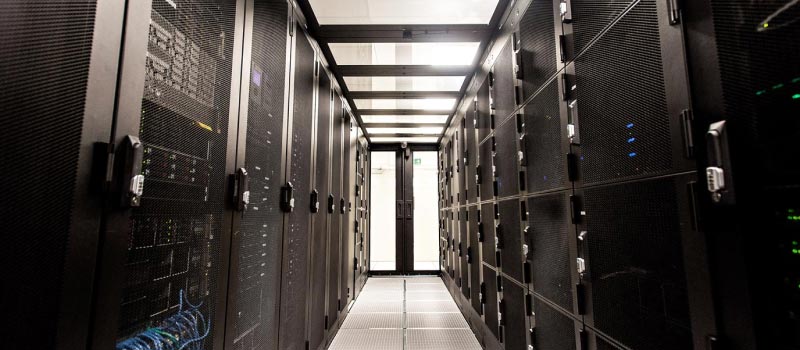As the global economy leans more towards digital technologies, the importance of data centres in maintaining and processing enormous amounts of information cannot be overstated. However, the summer heat can pose significant challenges to their efficient operation. High temperatures can lead to overheating, which subsequently could cause equipment failure, outages, and in extreme cases data loss.
We saw many examples of this last year in the UK, with both Google's and Oracle's London data centres suffering failures. While these failures occurred as the temperature approached an unprecedented 40 degrees Celsius, it is a data centre provider's job to hope for the best but prepare for the worst and uphold uptime in all eventualities.
The weather is growing increasingly unpredictable and new research has found that there's now a 66% chance we will pass the 1.5C global warming threshold between now and 2027. As temperatures continue rising, providers will need to be taking extra steps to ensure their facilities are prepared for potential scorching temperatures again over the summer months. Here's what you can look out for to make sure your provider is ready for high temperatures this summer.

Proper airflow management
The first line of defence is effective airflow management. This strategy focuses on separating the hot exhaust air produced by servers from the cool air used to keep the servers running efficiently.
Hot aisle/cold aisle containment systems are commonly used to manage airflow. The concept is simple: rows of server racks are arranged such that the front or rear of everything in the rack faces the same way into a specially enclosed aisle. This either draws air in from a special 'cold aisle', or vents our out into a special 'hot aisle', Aisle enclosure only works best when all rack equipment is installed correctly. Efficiency can be greatly reduced if careless installation means some equipment is the wrong way around. Then there's the use of blanking panels to maintain proper airflow considerations. If your data centre isn't strict with the orientation of hardware or enforcing blanking panels, then it's your first red flag.
Regular maintenance and cleaning
Sometimes the basics are the best, and keeping a data centre clean and well-maintained is another essential step in preventing overheating. Dust and debris can block vents and reduce the efficiency of cooling systems. Regular cleaning and maintenance schedules can mitigate these issues. Furthermore, regular inspections can identify potential problems early, preventing costly downtime and repairs. If when you visit a data centre cleanliness is being disregarded, it may be best to look elsewhere.

Liquid cooling
While air cooling is the most common method for managing heat in data centres, liquid cooling is an alternative option in niche facilities. This system uses non-conductive liquid as a cooling medium to absorb heat from the servers, which is then dissipated through a heat exchanger.
Liquid cooling can be highly effective and efficient, but it's not right for everyone. It requires customers to come to the facility ready for liquid cooling, which is generally not the case. Plus there are other factors to consider, such as leaking, corrosion, and ease of maintenance (image a drive swap in a liquid-cooled data centre). Liquid cooling makes the most sense for hyperscalers with their own data centres. For virtually all other businesses, air cooling is the more practical, and still extremely capable, option. ServerChoice data centres are air cooled and are ready for high power density/HPC systems.
Use of a data centre infrastructure management (DCIM) system
When data centre providers are unable to anticipate external factors, such as sudden and extreme heat, it's imperative that they respond to them in a timely fashion. Having the right tools to do so can be a real asset.
A DCIM system can provide real-time monitoring of temperature, humidity, and other environmental conditions throughout the data centre. This allows for immediate identification and resolution of hotspots and other cooling issues, so that providers are in the best position to make an informed decision and act on it.
Summary
If you're looking at your next data centre provider as temperatures begin to rise, make sure you're assessing all of the above, so that you can rest easy knowing your uptime is being maintained.

